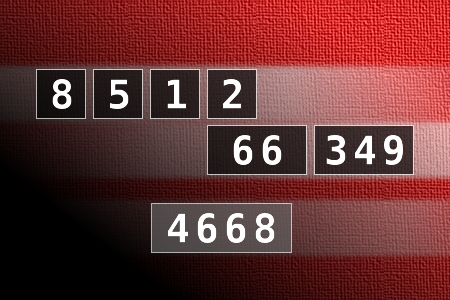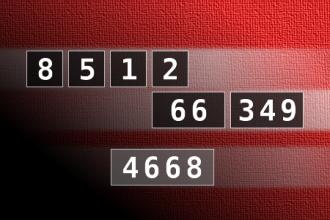Calculate the number 4668
NUMBERMANIA: Calculate the number 4668 using numbers [8, 5, 1, 2, 66, 349] and basic arithmetic operations (+, -, *, /). Each of the numbers can be used only once.Correct answers: 13
The first user who solved this task is Nílton Corrêa de Sousa.
#brainteasers #math #numbermania


